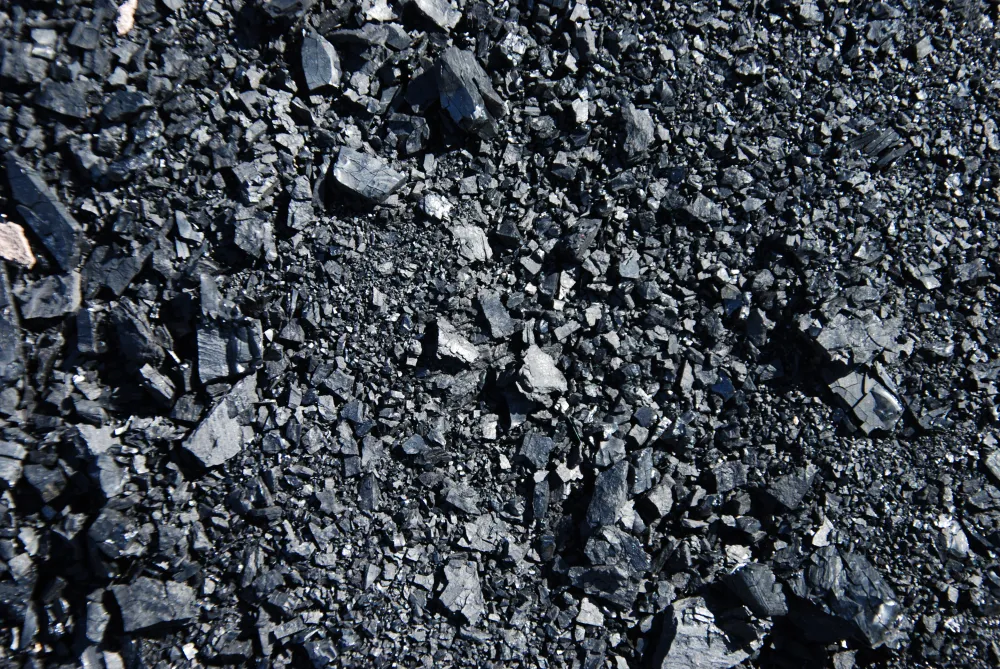Earlier this month, a group of environmentalists and public justice advocates announced they are legally challenging the Government of Saskatchewan’s decision to extend the life of its coal-fired power plants. The decision was originally communicated via a letter sent to SaskPower employees in June, which claimed that continuing to use coal will support the reliability and affordability of the province’s electricity supply, as well as energy security.
This move means Saskatchewan is out of step with all other Canadian provinces, and every advanced economy in the world, all of which are phasing out or significantly reducing their use of coal for power. That includes neighbouring Alberta, which as recently as 2015 was powering almost half its entire grid with coal, but closed its last coal plant last year.
The fact is, there are better options that support Saskatchewan’s energy goals — and a focus on coal-fired power will only delay the province from doing what is necessary to build a modern, efficient, low-cost electricity grid. Let’s unpack the decision and why it matters.
Coal is no longer the most reliable, affordable or secure option
Saskatchewan is not alone in thinking about grid reliability. Every jurisdiction in Canada is projecting large increases in electricity demand over the next couple of decades, as more everyday energy uses — from home heating, to transportation, to heavy industrial processes — start to be powered by electricity rather than fossil fuels.
However, as research suggests, reliability does not simply come from individual large-scale power plants, but rather how diverse and flexible the overall system is. In fact, having a small number of large facilities (like coal- or gas-fired power plants) can be a liability because, if they unexpectedly fail, there is suddenly a big shortfall in electricity supply that needs to be urgently filled..
For two recent examples, a serious grid alert in Alberta in January 2024 and a major blackout in Europe earlier this year were both in part due to unexpected outages in large-scale fossil fuel plants. And, though the consequences were less extreme than these two instances, Saskatchewan itself experienced something similar in 2023, when the flooding of the coal-fired Poplar River Power Station — which at the time accounted for about 10% of the province’s grid capacity — caused it to be partially offline for more than two months. The North American grid reliability standards body highlights that Saskatchewan currently has an elevated risk of grid issues in the winter, especially when large generators are unavailable at the same time that power demand is at its highest.
Instead, forward-thinking grid planners and governments are spreading their risk and opting for a diverse mix of generating technologies — including wind, solar, nuclear, and hydro — bolstered with things like energy storage, increased interprovincial transmission lines and demand response mechanisms. All of these are efficient ways of either freeing up demand on the grid or delivering more supply quickly when it’s needed most. Our research indicates that many jurisdictions across the world are doing just that, and integrating high levels of wind and solar without significant impacts to reliability or affordability of their grids.
Now, to affordability. While it might seem intuitive that it is cheaper to run an existing coal plant than build new solar or wind facilities, remarkably this is no longer the case. Globally, to deliver the same amount of energy, 75% of new wind and solar plants already offer cheaper power than running existing fossil fuel facilities.
With the costs of wind, solar and batteries forecasted to continue dropping significantly over the coming decade (by between 22% and 49%), it is not in the best of interests of Saskatchewanians for their government to invest in maintaining and refurbishing coal plants that are already uneconomic, and will be even more so by the time the upgrades are completed.
Finally, energy security. Saskatchewan plans to continue to burn local coal and, in the future, mine uranium to use in its first nuclear power plants that are still many years away from final investment decisions, and at least a decade away from operation. It says that this combination of coal and nuclear will enhance its energy security, because the province will not be reliant on imports of fossil fuels, mostly from Alberta. But this appears to disregard some other natural resources that Saskatchewan, along with the other prairie provinces, has in abundance: wind and sun. Saskatchewan should maximize the use of all of its resources, starting with the lowest-cost, fastest to deploy and most available (wind, solar and batteries), before looking at longer-term options like nuclear.
A lost decade of energy transition
Nevertheless, it’s understandable that folks in Saskatchewan’s coal country are concerned about job security and their future local economy — acknowledging these livelihoods span generations, provide good jobs for families, and are interwoven with local identity. However, workers and communities dependent on coal deserve a government that is prepared to take a proactive approach and help them navigate changes driven by the global energy transition, rather than backsliding on commitments, which only exacerbates uncertainty.
The phase-out of coal-fired electricity generation in Canada was introduced by the federal government in 2012 (under Prime Minister Stephen Harper) and then accelerated in 2018 (under Prime Minister Justin Trudeau). This clear policy and regulatory signal spanned consecutive federal governments, in recognition of the need to move toward modern sources of power. The shift away from coal was in fact accelerated by the growth of low-cost renewables, leading Alberta to phase out coal completely six years ahead of the legislated date. In short, the government of Saskatchewan has had well over a decade to plan for this — and is the only remaining hold-out in a country that has otherwise left coal behind.
While closures of coal power plants and mines will have challenging impacts on small single-industry reliant communities like Coronach, for example, the changing economics of electricity production would have almost certainly caused them to close anyway. The provincial government could be supporting communities through this transition by providing upskilling and re-training for workers and identifying alternative economic and energy pathways in partnership with communities, in addition to efforts by unions and employers to support employees. A band-aid solution of extending the use of these coal plants doesn’t address the fundamental issue of what is next for these communities.
In fact, this focus on coal is likely crowding out the many other opportunities for Saskatchewan in the clean economy. In addition to its strong wind and solar potential — an industry which brings investment and jobs — Saskatchewan has solid foundations in agriculture including biofuels, plant proteins, and other agri-food industries, as well as clean transportation, manufacturing, buildings, and geothermal. Together, these sectors — all of which are aligned with the broader trends of the global energy transition — could help the province realize tens of thousands of new clean energy jobs by 2050, far outweighing the fewer than 4,000 jobs that remain across Canada in coal mining and power operations.
Nobody is suggesting the transition from this big industry — one that has undoubtedly played a role in the lives of generations of families in the province — will be easy. But it can be made easier, if governments plan properly and support communities and workers in the process, including supporting the attrition of the workforce nearing retirement. We know from our research with workers in high-emissions industries that there is more support for a clean energy transition when they know there is a plan in place for them.
Saskatchewan can still change direction
It’s worth remembering that Saskatchewan is not the only province that has balked at the idea of coal phase-out. As late as 2015, Alberta was powering almost half its entire grid with coal, and had a target date for full coal phase-out of 2061 — partly because industry and government cited cost, reliability, and energy security concerns, just as Saskatchewan is doing now. Nine years later, in 2024, Alberta closed its last coal-fired power plant. By comparison, Saskatchewan is considerably less reliant on coal for electricity generation today than Alberta was back in 2015 (powering about a quarter of its grid).
Ontario also phased coal out of its system in 2014, and all other provinces in Canada are on track to eliminate coal for power by 2030, as they replace it with low-cost renewables powering modern, flexible, resilient electricity grids. Saskatchewan still has an opportunity to change course and get on board with a vision to power the province in the smartest, cleanest and most reliable way, and move on from coal-fired power.












